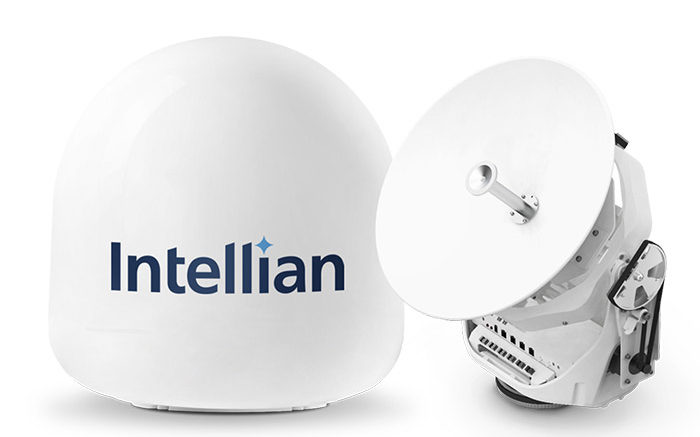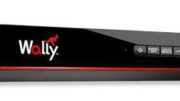Folks this is the ’20s. Getting away from it all doesn’t mean you get disconnected. That’s why more and more people are putting satellite domes on their boats. With satellite, you can get the latest TV, or surf the web at the fastest speeds ever. It all depends on which system you buy.
If you’re new to the marine world…
You have probably begun to notice little things about the boats you see. One is that many of them have white gumdrop-shaped attachments on them. These are satellite radomes. The radome is a plastic cover which protects the equipment inside. Most commonly, they are white, but can be any color as long as they are designed and tested not to interfere with signals. With a radome, the electronics inside are safe from the weather and things like dust and contaminants. They’re also a more attractive way to have that equipment up on the mast.
You’ve also probably noticed that some of those radomes are fairly small, while others are just gigantic. And, you’ve probably wondered why.
Does size matter?
Satellite radomes are measured in centimeters, and the model name of these devices often has the size built into it. For example, the system you see at top is an Intellian v45c. That means it has a 45 centimeter dish inside it. That’s about 18 inches for all us Americans. The radome is naturally a little bit bigger than that, so the dish has some room to move around.
The smallest systems have 30 centimeter dishes, which are smaller than most home-based satellite systems. The largest ones have dishes over 2.4 meters wide. You’ll see those on cruise ships and such.
The size of a satellite system is going to be a delicate balancing act. On the one hand, you want to have a system that is small and light enough that it works on the boat you have. On the other hand you want that system to be effective.
Larger satellite dishes have the ability to pull in weaker signals. That’s not the only measure of a dish’s sensitivity, though. But, larger dishes with larger reflectors will tend to gather more signal and concentrate it into the receiving antenna.
More signal means better internet speeds. It means more ability to watch TV in bad weather. And, if you plan to spend time in a larger craft, it usually means being able to go further from shore before you lose signal. For those folks who travel from country to country, that’s a big deal.
Get the right system from Solid Signal
No one does more satellite TV activations than Solid Signal. We’re the marine leader. When you’re ready to make that big upgrade, call Signal Connect, our commercial and activations arm. You’ll get an expert who will help you coordinate everything from top to bottom. They’ll arrange for an installer in your local area and get you hooked up whether it’s television or internet. Living the marine life is all about pampering yourself. So depend on the people who understand that. Call 888-233-7563 now or fill out the form below for a written response.




